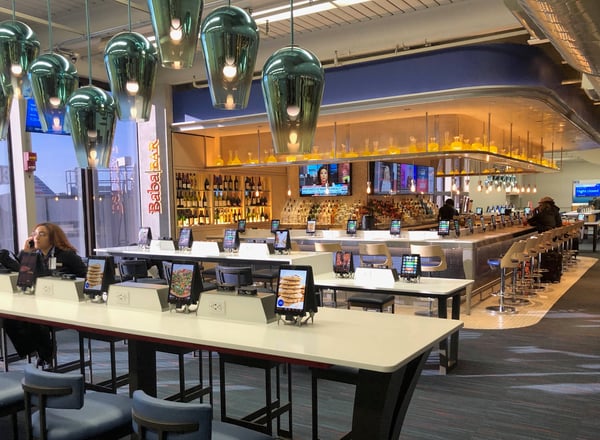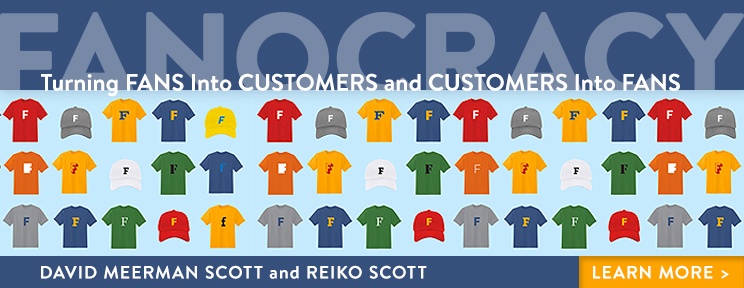
Editor's Note: The February 17, 2019 version of this article has been updated to highlight the power of fandom.
Fandom is all about putting the needs of fans above all else. When businesses apply this principle to their customers, they experience super-charged growth and success. Technology is a great way to cater to the needs of customers, but sometimes technology can actually get in the way of serving customers.
In this post, I'll share some thoughts on how redundant tech use hurts fandom by creating annoyances for customers. If you want to learn how businesses properly use tech to build fanbases, check out the first chapter of my new book, Fanocracy: Turning Fans into Customers and Customers into Fans.
When Excessive Tech Hinders Fandom
Recently I was passing through Philadelphia airport and I couldn’t help but notice thousands of iPads located one at every seat in the restaurants and waiting areas. It seemed like a distraction so I investigated.
After a little detective work, I learned the technology delivered by OTG is meant to automate passengers’ needs while they wait. But to me, it seems like technology looking for a problem to solve.
The OTG service includes the ability to scan your boarding pass to track your flight; menus of the restaurants in the terminal; games you can play while waiting; and personalized recommendations "based on your profile".
“Headphones? Gifts? Duty-Free? Place an order through one of our iPads, and we’ll deliver your purchase in a matter of minutes.”
It seems to me that this service primarily another channel for advertising — not a way to improve the experience of travelers at the airport.
As I see it, the biggest problem with this technology platform is that anybody who is technology savvy enough to use it is likely to already have personal technology to do the same things.
And for those who aren't used to technology like this, the system seems too convoluted to master in a few minutes while waiting for a plane. When I was in the terminal, I saw zero people using it.
In my case, my iPhone has airline apps that show me flight status, or I can simply look at the display videos. I’ve got my own entertainment in the form of my music on my iPhone with my personal headset and my books on the Kindle app.
Maybe if I were hungry, I might try to find food I would enjoy but I wouldn’t be happy sitting next to the annoying screen while I eat.
As Seth Godin says in a blog post from last week titled Data is expensive, “more data isn’t always better. In fact, in many cases, it’s a costly distraction or even a chance to get the important stuff wrong.”
Want to avoid misusing technology at the expense of your customers? Read my new book, Fanocracy: Turnings Fans into Customers and Customers into Fans, to see how businesses use technology to build fandom by putting fans at the center of all that they do.
